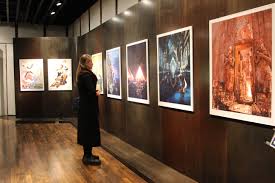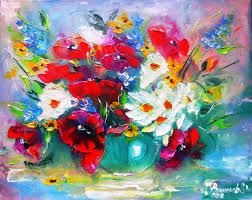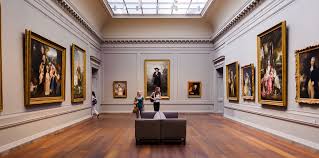digital artist
HISTORY OF THE DEVELOPMENT OF THE DUTCH AND FLEMAND STILL LIFE (part 1)
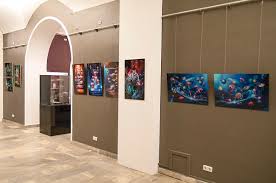 In the 50s and 60s of the 16th century, the situation in the Netherlands became extremely tense. If in the first half of the century the burden of economic exploitation by Spain was balanced to a certain extent for the bourgeoisie with the benefits derived from the inclusion of the Netherlands in the world empire of the Habsburgs, which guaranteed the security of trade, in the second half of the 16th century the situation radically changed. The dependence of the Netherlands on feudal Catholic Spain became a brake on the further development of the country.
In the 50s and 60s of the 16th century, the situation in the Netherlands became extremely tense. If in the first half of the century the burden of economic exploitation by Spain was balanced to a certain extent for the bourgeoisie with the benefits derived from the inclusion of the Netherlands in the world empire of the Habsburgs, which guaranteed the security of trade, in the second half of the 16th century the situation radically changed. The dependence of the Netherlands on feudal Catholic Spain became a brake on the further development of the country.
Increased pressure on the Dutch provinces, the tax system, which undermines the foundations of trade – all this delayed the development of productive forces. The free development of the bourgeoisie has already become incompatible with the feudal system. Continue reading
HISTORY OF LANDSCAPE GENRE DEVELOPMENT (part 2)
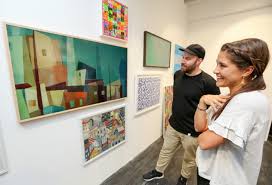 Landscape motifs began to play a more important role during the High Renaissance. Many artists began to carefully study nature. Having abandoned the usual construction of spatial plans in the form of wings, piling up parts that are inconsistent in scale, they turned to scientific developments in the field of linear perspective. Now the landscape, presented as a whole picture, is becoming an essential element of artistic plots. So, in the altar compositions, which the painters most often referred to, the landscape looks like a scene with human figures in the foreground. Continue reading
Landscape motifs began to play a more important role during the High Renaissance. Many artists began to carefully study nature. Having abandoned the usual construction of spatial plans in the form of wings, piling up parts that are inconsistent in scale, they turned to scientific developments in the field of linear perspective. Now the landscape, presented as a whole picture, is becoming an essential element of artistic plots. So, in the altar compositions, which the painters most often referred to, the landscape looks like a scene with human figures in the foreground. Continue reading
TALKS ON THE ISLANDS OF ART (part 2)
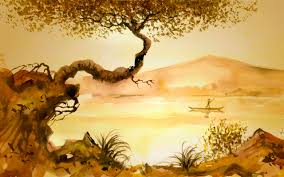 02/13/2011 Jrn Calo:
02/13/2011 Jrn Calo:
Dear Tatyana!
First of all, I must tell you that I like to think and manage the reading public. We live in an era of image, when there is no time for reflection. People often prefer to act, because thinking and working on their inner world takes too much time. Therefore, I like to make provocative judgments in order to stimulate new thoughts and ideas. I would also like to look into the future to find out how the history of art will develop and imagine what could happen in art tomorrow.
Each company uses all its resources and knowledge that may be useful to the cause. If you think that everything that is hand-made is art, you acknowledge that the urinal of Marcel Duchamp or the shark in formaldehyde Damien Hirst is art. Continue reading
